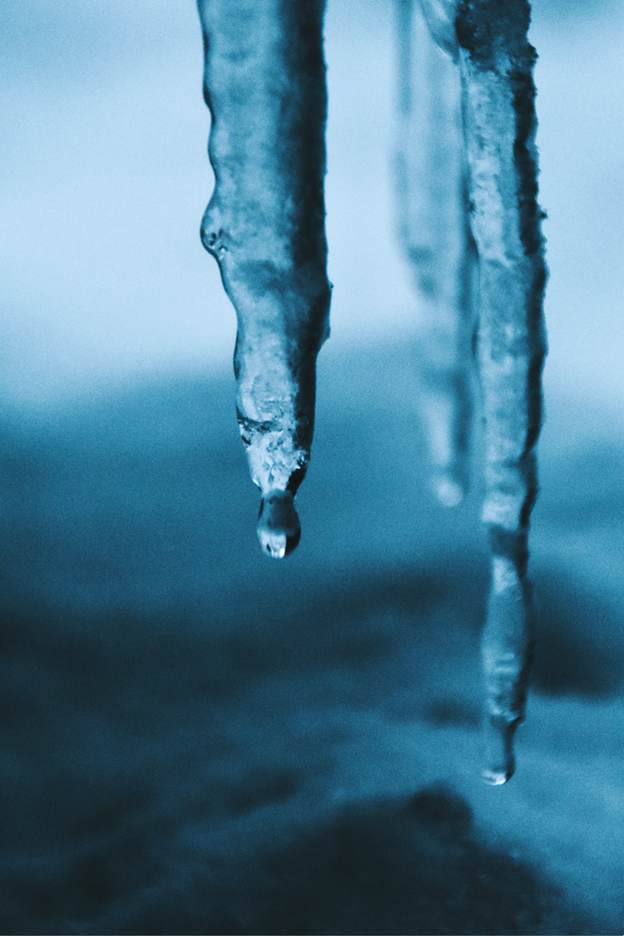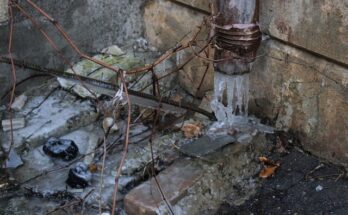It can be a nightmare scenario. After a cold night or any extended snap of freezing weather, you turn the faucet and … nothing happens.
Your pipes have frozen.
Or, worse yet, you are awakened on a freezing night by the sound of water running in your house, when there should not be running water.
Frozen pipes are a serious threat to your house and to your possessions and quality of life. However, despite the best precautions, they sometimes happen.
Here’s what you can do if it happens to you.
Take these steps when a pipe is frozen
First, you need to find out how much damage has occurred. If there is active flooding, turn the water off at the source – perhaps where it enters your basement.
Then drain the water out. Open the faucet at the end of the pipe and close the valve that runs into it. Check for holes, cracks or breaks along the pipe. Even if the pipe has been compromised, don’t panic.
Some pipe repairs are easy. A common type of leak is a pinhole leak. This can be repaired by simply wrapping the pipe with plumbing tape. If you find a shearing or hairline crack, which is more common with frozen pipes, this can be fixed with a pipe clamp. For larger cracks, try repairing them with a patch kit.
However, sometimes the pipe has been badly compromised. If this is the case, it just needs to be replaced. This is a job that can be handled by a plumber or a moderately experienced home repair person.
If the pipe is not leaking or broken, but water can’t go through
If the pipe is not leaking or broken, but water can’t go through, it is probably still frozen.
You just need to thaw it out, but not too suddenly.
First, open the faucet that is experiencing the water stoppage. This allows water vapor to escape and for the expansion and contraction of the pipes during the thawing process. Also, water coming into the sink will help let you know when your thawing is starting to take effect.
Then prepare the area by getting access to your pipes.
There are several different methods for thawing pipes. You can try using a hairdryer or heat gun on a low setting, placing a heat lamp or small electric heater near the pipe, or wrapping the pipe in heat tape or an electric blanket. The best approach is a slower one. You don’t want to expose the pipe to open flame, for instance. Uneven thawing could trap water vapor between ice clogs and lead to an explosion.
When the pipe is thawed, take steps to wrap the pipe or warm the area so that freezing does not happen again.

Icicles could be found hanging from a frozen leaking pipe. Photo by Alex Dukhanov on Unsplash




